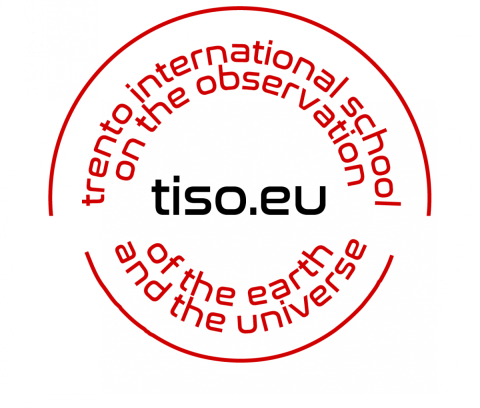
Architectures and Components for Single- and Multi-Band Antenna Feed Chain
Specific Seminar - Curriculum 6

Abstract:
The design of single- and multi- band microwave systems is of the greatest interest in several modern applications, such as satellite communication[1] and scientific equipment for universe and Earth science[2, 3].
According to the application, electrical and mechanical requirements change, however, high polarization purity and low losses are common desired features as well as the chance of integrating of different frequency bands in the same system.
As an example, the trend in modern telecommunication satellites is to allocate different services in the same feed working in single or dual polarization in both receiver and transmitter modes[4]. Wide band and polarization purity are key issues also in the design of microwave and millimeter-wave receivers used in scientific surveys, since high sensitivity of instrumentation is necessary[5].
In this scenario, each device composing the antenna-feed chain has to be designed in order to guarantee significant electromagnetic performances and, at the same time, high integration levels. In this talk, we discuss the main architectures and components of passive antenna feed chains. In this contest, the application of Additive Manufacturing technologies is discussed showing its potential and the current trends in the development of radio-frequency front-ends[6].
References
[1] Hartwanger, C., Gehring, R., Hong, U.,Wolf, H., Salghetti Drioli, L.: ‘A dual polarized wide band feed chain for FSS and BSS satellite services’. Proc. European Conf. on Antennas and Propagation (EUCAP 2007), Edinburgh, UK, November 2007, pp. 1–6.
[2] Cortiglioni, S., Bernardi, E., Carretti, L., et al.: ‘The sky polarization observatory’, New Astron., 2004, 9, pp. 297–327
[3] Rudolf, H., Carter, M., Baryshev, A.: ‘The ALMA front end optics –system aspects and European measurement results’, IEEE Trans. Antennas Propag., 2007, 55, (11), pp. 2966–2973
[4] Cecchini, P., Mizzoni, R., Ravanelli, R., et al.: ‘Wideband diplexed feed chains for FSS + BSS applications’. Proc. European Conf. on Antennas and Propagation, (EUCAP 2009), Berlin, Germany, March 2009, pp. 3095–3099
[5] N. Skou et al., "Future spaceborne ocean missions using high sensitivity multiple-beam radiometers," 2014 IEEE Geoscience and Remote Sensing Symposium, 2014, pp. 2546-2549.
[6] O. A. Peverini, M. Lumia, G. Addamo, G. Virone and N. J. G. Fonseca, "How 3D-Printing Is Changing RF Front-End Design for Space Applications," in IEEE Journal of Microwaves, vol. 3, no. 2, pp. 800-814, April 2023, doi: 10.1109/JMW.2023.3250343.
Short Bio
Giuseppe Addamo received the Laurea degree (summa cum laude) in Electronic Engineering and the Ph.D. degree in Electronic and Communication engineering from the Politecnico di Torino in 2003 and 2007, respectively.
He is currently a Senior Researcher at the Istituto di Elettronica e di Ingegneria Informatica e delle Telecomunicazioni (IEIIT) of the Italian National Research Council (CNR).
He has been serving as a reviewer for several journals and conferences in the microwave area. He has authored and coauthored over 30 journal papers, 60 conference paper. His research interests include Additive Manufacturing processes applied to microwave components, design of feed chains for SatCom and Earth observation and numerical methods.
Online attendance:
ID riunione: 890 2148 3496
Passcode: 098475
Link di invito https://unitn.zoom.us/j/89021483496?pwd=5CDo0PmpGCFzdyhD4n95WmMFzvcHFI.1
